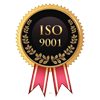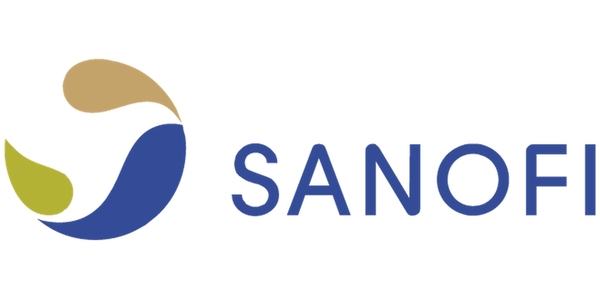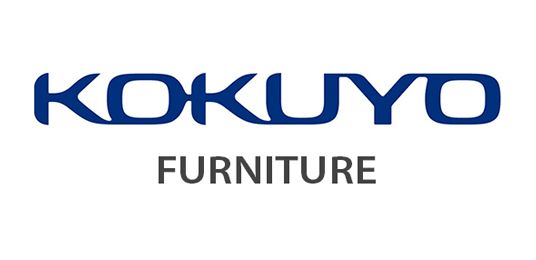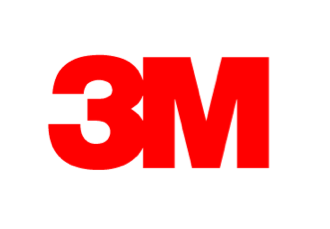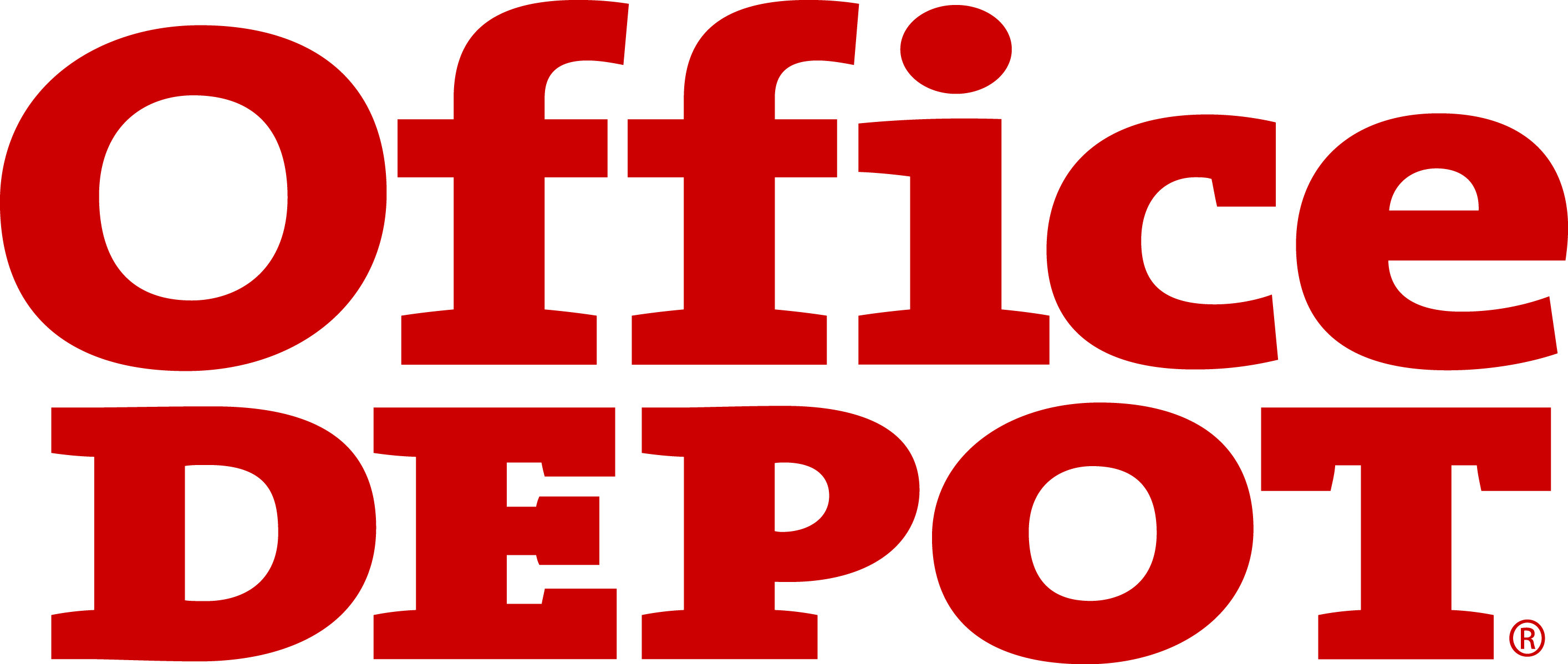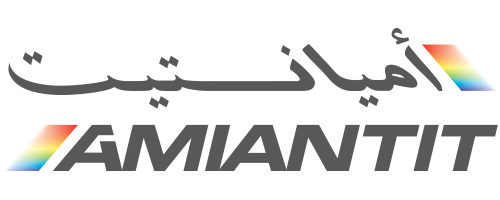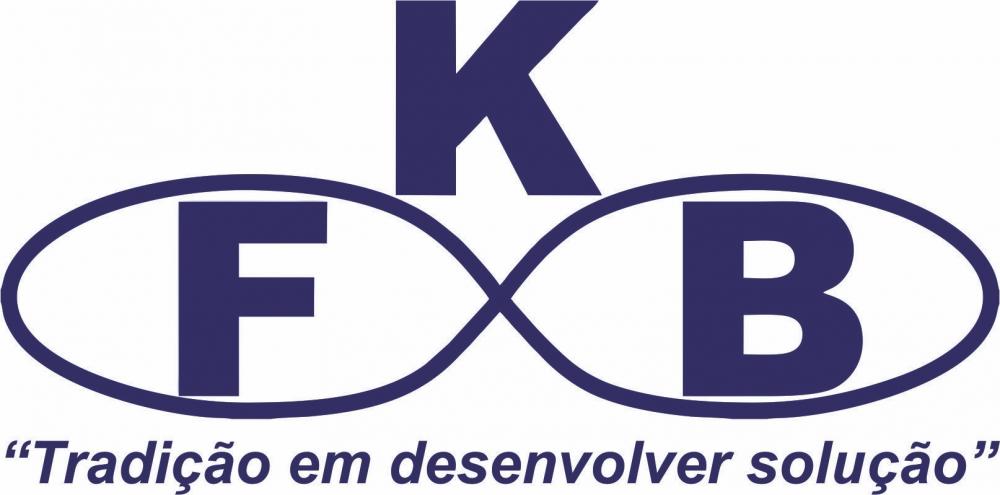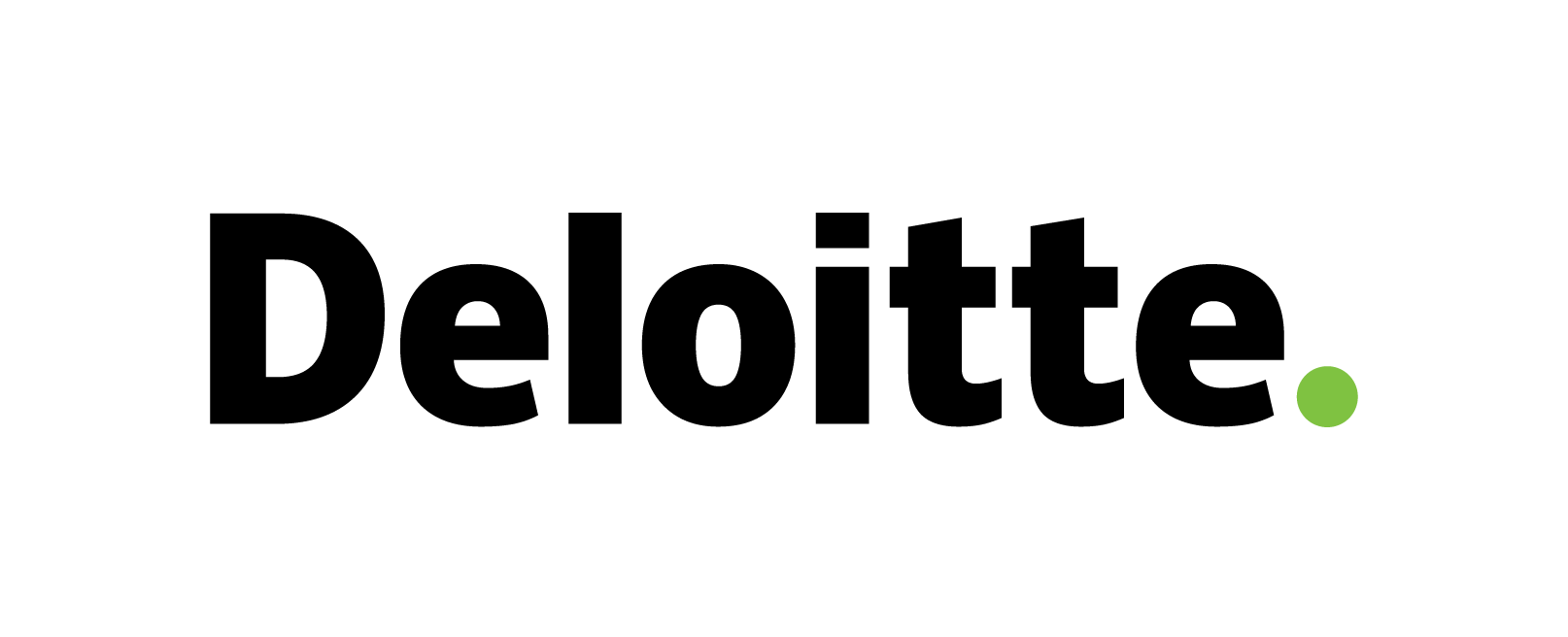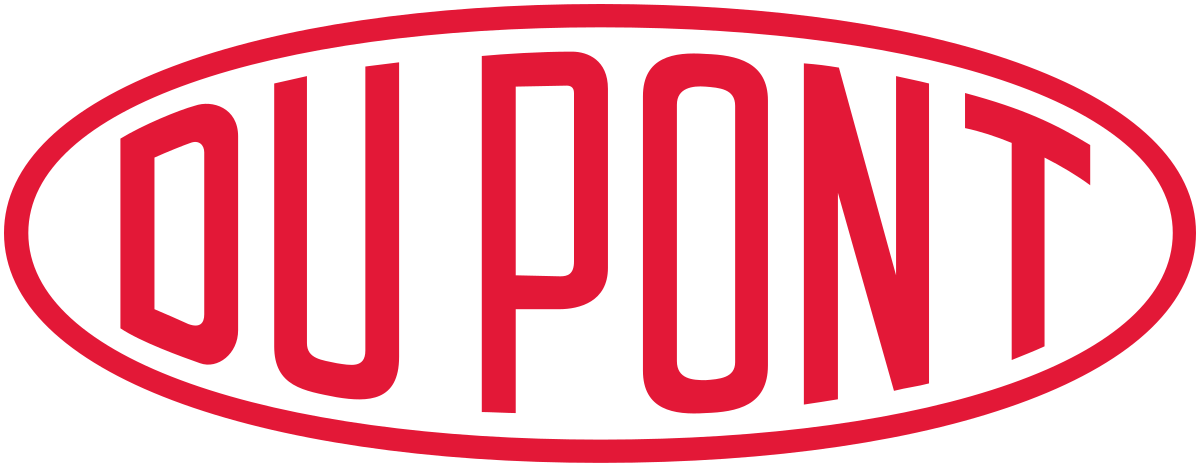Apparel Market
Apparel Market Trends, Opportunity, and Forecast Analysis, 2024-2033
Apparel market revenue to generate USD 1935.7 Billion by 2033, according to KDMI analyst’s growth analysis. The market is segmented by Product, Material, Occasion, Distribution Channel, End-User, and by Region.
Apparel Market Size Survey Report – In a Glance
As per the survey report on global Apparel market, the market is projected to foresee a CAGR of 8.1% between 2024-2033, and further generate a market size of USD 1935.7 billion by the end of 2033. In the year 2024, the market size was valued at USD 1785.8 billion.
- The global Apparel market is projected to grow on account of the emerging fashion trends.
- In Japan, the Apparel market growth can be attributed to the rising consciousness among individuals about their physical appearances.
- KDMI analyst’s growth analysis foresees the fluctuating costs of raw materials to challenge the market growth.
- Europe, having the highest market share in the Apparel market, is projected to dominate the global market.
Apparel Market Analysis
Apparel is clothing made specifically for and worn by an individual, it is used for reasons such as protection, maintaining modesty, furnishing adornment, and fixing status. The Apparel market is vigorous and vibrant, including a diverse range of clothing manufactured in various designs, colors, and sizes using comfortable fabrics, such as cotton, rayon, wool, denim, and others. The Apparel Market is experiencing rapid growth due to emerging fashion trends. The global apparel industry, including clothing and luxury fashion items, is worth nearly USD 3000 billion in 2024. Adidas AG, Nike Inc., and H&M Hennes & Mauritz AB are some of the significant parties in the global market for Apparel.
Analyst’s Observation on Japan Apparel Market Survey
In Japan, the market growth for Apparel can be attributed to the rising consciousness among individuals about their physical appearances. Japanese believe that clothing and dressing sense imitate personal style and comfort, which significantly influences first impressions and confidence. Japan is home to large fashion brands catering to the diverse demand of consumers, ranging from affordable casual wear to high-end luxury fashion. Japan remains the world’s third-largest fashion apparel importer, and it imports clothing worth USD 24 billion every year. For the past two decades, the Japanese apparel market has become increasingly concentrated and remained one of the leading fashion markets in the world. Comme des Garçons, Yohji Yamamoto, and Issey Miyake are some of the significant parties in the market for Apparel in Japan.
|
Apparel Market: Report Scope |
|
|
Base Year |
2023 |
|
Estimated Market Size |
USD 1785.8 Billion in 2024 |
|
Forecast Year |
2024-2033 |
|
Projected Market Size |
USD 1935.7 Billion in 2033 |
|
CAGR Value |
8.1% |
|
Apparel Market Key Trends/Major Growth Drivers |
|
|
Restraint Factors |
|
|
Apparel Market Segmentation |
|
|
Apparel Market Key Players |
VF Corporation, Burberry Group plc, Puma SE, Adidas AG, Nike Inc., H&M Hennes & Mauritz AB, LVMH, KERING, PVH Corp., Inditex, , and others. |
Apparel Market Growth Drivers and Challenges
Growth Drivers
Demand for unique and fashionable clothing: Globally, today's consumers seek to express their individuality through the cloths. The consumers are continuously peruse for such types of clothes to help them stand out from others. This shift is driven by changing consumer preferences and the desire for individuality in fashion, as people want clothing that reflects their personal style and unique identity. Brands are continuously working on all categories of apparels innovations to provide distinctive outfits to their customers. The fashion brands are adapting most effectively to an ever-changing environment will be best positioned to maintain a great brand image in apparel industry. The global fast fashion sector was valued at over USD 106 billion in 2022, which is expected to reach USD 185 billion by 2027. Wearing fashionable and unique clothing that makes consumers feel good and boost their confidence and self-esteem.
Technological advancement in Apparel: Apparel advancement technology is continuously working on modernizations to develop different fashion garments with innovative designs. Several apparel and fashion brands have included AI to enhance production processes, and data analytics, and to increase the garments sale. 3D technology has arisen as a game-changer, reshaping traditional methods of apparel design and development. 3D fashion involves powerful 3D printing technology that is reshaping the traditional fashion industry. 3DFashion allows direct-to-textile printing in vibrant color and clear print allowing the creation of outstanding designs and fantastic visual effects on garments. The fashion industry rises to new heights with expected annual growth of 9.36% by 2027. Undoubtedly, technological development has sped up this process. The constant technological up-gradation has brought many innovations in the field of apparel industries and resulted in rapid market growth
Restraint Factors:
The fluctuating costs of raw materials: Unpredictability in prices of raw materials such as cotton, rayon, wool, silk, nylon, and polyester affect the pricing of all types of clothing at large-scale manufacturing levels. Consequently, manufacturers face serious challenges in balancing cost burdens and low pricing strategies while maintaining the quality of garments, and this situation further affects the Apparel market growth.
Regulatory Compliance: Meeting the terms of regulations, such as environmental and labor standards, is challenging for the apparel industry. Use of non-renewable resources such as synthetic materials contributes pointedly towards micro plastic pollution. Manufacturers are required to follow some rules, and need to invest in sustainable procedures. Non-compliance can result in penalties, legal issues, and damage to brand reputation thereby restricting the Apparel market growth.
Apparel Market Segmentation
Our experts at KD Market Insights have segmented the global Apparel market research report as:
|
By Product |
|
|
By Material |
|
|
By Occasion |
|
|
By Distribution Channel |
|
|
By End-User |
|
|
By Region |
|
Apparel Market Regional Synopsis
Europe having the highest market share in Apparel market is majorly driven by demand for the most recent fashion trends. Consumers are aware of the current fashion trends through modern media such as a television, social media platforms and internet and they increasingly demand the fashionable and most trending clothes. In this region, new business strategies are adopted by the apparel manufacturers to boost trade. The Europe is renowned for its fashion heritage, luxury brands, and innovative sustainable fashion creativities. Their works symbolize a collective impact on the global fashion industry, with many sections displayed at fashion shows all over the world. Germany and the UK are the leaders in fashion designing, and continued their position as global fashion capitals. Italy, Germany, and the UK are Europe’s largest fashion Apparel markets, while the average spending is about $782 per year per capita.UK fashion industry accounts for nearly £26 billion, thus making it one of the world’s biggest Apparel industry.
Asia Pacific growing with the fastest CAGR in the Apparel market is majorly driven by e-commerce platforms and digital technologies. The increase in e-commerce platforms and digital technologies has transformed the retail landscape of the Apparel market. Online shopping seems more convenient for customers which offers features such as personalized recommendations and virtual try-ons and also provides many payment options, which has driven the growth of online sales in the apparel market in the Asia Pacific region. Chinese, Japanese, and Australian consumers are showing interest in a wider range of product categories and higher levels of quality with a focus on comfort and fashion. China is the largest garment producer and has a global apparel market of cotton shirts worldwide, due to which its output is nearly 60 million garments each year.
In Latin America, the Apparel market is majorly driven by an increase in the adoption of international fashion styles among consumers. This influence drives the demand for Western-inspired clothing and contributes to the growth of the apparel market in the region.
Middle East, has a significant rise in demand for fashionable apparel due to growing disposable incomes and urbanization. Nigeria, the heartbeat of Africa, creates a vibrant market for well-known apparel brands as well as emerging designers.
Apparel Market Competitive Landscape
Some of the key players who top the global Apparel market share:
- VF Corporation
- Burberry Group plc
- Puma SE
- Adidas AG
- Nike Inc.
- H&M Hennes & Mauritz AB
- LVMH
- KERING
- PVH Corp.
- Inditex
- Executive Summary
- Market Overview
- Key Findings
- Market Trends
- Market Outlook
- Introduction
- Scope of the Report
- Research Methodology
- Definitions and Assumptions
- Acronyms and Abbreviations
- Market Dynamics
- Drivers
- Restraints
- Opportunities
- Challenges
- Global Apparel Market
- Market Overview
- Market Size and Forecast
- Market Segmentation
- By Product
- By Material
- By Occasion
- By Distribution Channel
- By End-User
- By Region
- Market Segmentation by Product
- Accessories
- Bottoms
- Dresses & Suits
- Jackets
- Tops
- Market Segmentation by Material
- Cotton
- Denim
- Leather
- Silk
- Wool
- Market Segmentation by Occasion
- Athletic Wear
- Casual Wear
- Formal Wear
- Lounge Wear
- Market Segmentation by Distribution Channel
- Offline
- Online
- Market Segmentation by End-User
- Women
- Men
- Children
- Regional Analysis
- North America
- United States
- Market Size and Forecast
- Key Trends and Developments
- Market Analysis by Product, Material, Occasion, Distribution Channel, and End-User
- Canada
- Market Size and Forecast
- Key Trends and Developments
- Market Analysis by Product, Material, Occasion, Distribution Channel, and End-User
- Mexico
- Market Size and Forecast
- Key Trends and Developments
- Market Analysis by Product, Material, Occasion, Distribution Channel, and End-User
- United States
- Europe
- United Kingdom
- Market Size and Forecast
- Key Trends and Developments
- Market Analysis by Product, Material, Occasion, Distribution Channel, and End-User
- Germany
- Market Size and Forecast
- Key Trends and Developments
- Market Analysis by Product, Material, Occasion, Distribution Channel, and End-User
- France
- Market Size and Forecast
- Key Trends and Developments
- Market Analysis by Product, Material, Occasion, Distribution Channel, and End-User
- Italy
- Market Size and Forecast
- Key Trends and Developments
- Market Analysis by Product, Material, Occasion, Distribution Channel, and End-User
- Spain
- Market Size and Forecast
- Key Trends and Developments
- Market Analysis by Product, Material, Occasion, Distribution Channel, and End-User
- Rest of Europe
- Market Size and Forecast
- Key Trends and Developments
- Market Analysis by Product, Material, Occasion, Distribution Channel, and End-User
- United Kingdom
- Asia Pacific
- China
- Market Size and Forecast
- Key Trends and Developments
- Market Analysis by Product, Material, Occasion, Distribution Channel, and End-User
- Japan
- Market Size and Forecast
- Key Trends and Developments
- Market Analysis by Product, Material, Occasion, Distribution Channel, and End-User
- India
- Market Size and Forecast
- Key Trends and Developments
- Market Analysis by Product, Material, Occasion, Distribution Channel, and End-User
- Australia
- Market Size and Forecast
- Key Trends and Developments
- Market Analysis by Product, Material, Occasion, Distribution Channel, and End-User
- South Korea
- Market Size and Forecast
- Key Trends and Developments
- Market Analysis by Product, Material, Occasion, Distribution Channel, and End-User
- Rest of Asia Pacific
- Market Size and Forecast
- Key Trends and Developments
- Market Analysis by Product, Material, Occasion, Distribution Channel, and End-User
- China
- Latin America
- Brazil
- Market Size and Forecast
- Key Trends and Developments
- Market Analysis by Product, Material, Occasion, Distribution Channel, and End-User
- Argentina
- Market Size and Forecast
- Key Trends and Developments
- Market Analysis by Product, Material, Occasion, Distribution Channel, and End-User
- Colombia
- Market Size and Forecast
- Key Trends and Developments
- Market Analysis by Product, Material, Occasion, Distribution Channel, and End-User
- Rest of Latin America
- Market Size and Forecast
- Key Trends and Developments
- Market Analysis by Product, Material, Occasion, Distribution Channel, and End-User
- Brazil
- Middle East & Africa
- South Africa
- Market Size and Forecast
- Key Trends and Developments
- Market Analysis by Product, Material, Occasion, Distribution Channel, and End-User
- Saudi Arabia
- Market Size and Forecast
- Key Trends and Developments
- Market Analysis by Product, Material, Occasion, Distribution Channel, and End-User
- UAE
- Market Size and Forecast
- Key Trends and Developments
- Market Analysis by Product, Material, Occasion, Distribution Channel, and End-User
- Rest of Middle East & Africa
- Market Size and Forecast
- Key Trends and Developments
- Market Analysis by Product, Material, Occasion, Distribution Channel, and End-User
- South Africa
- North America
- Competitive Landscape
- Market Share Analysis
- Company Profiles
- All Company Names
- VF Corporation
- Burberry Group plc
- Puma SE
- Adidas AG
- Nike Inc.
- H&M Hennes & Mauritz AB
- LVMH
- KERING
- PVH Corp.
- Indite
- All Company Names
- Strategic Recommendations
- Appendix
- List of Tables
- List of Figures
- References

Need Customized Report for Your Business ?
Utilize the Power of Customized Research Aligned with Your Business Goals
Request for Customized Report- Quick Contact -
- ISO Certified Logo -

